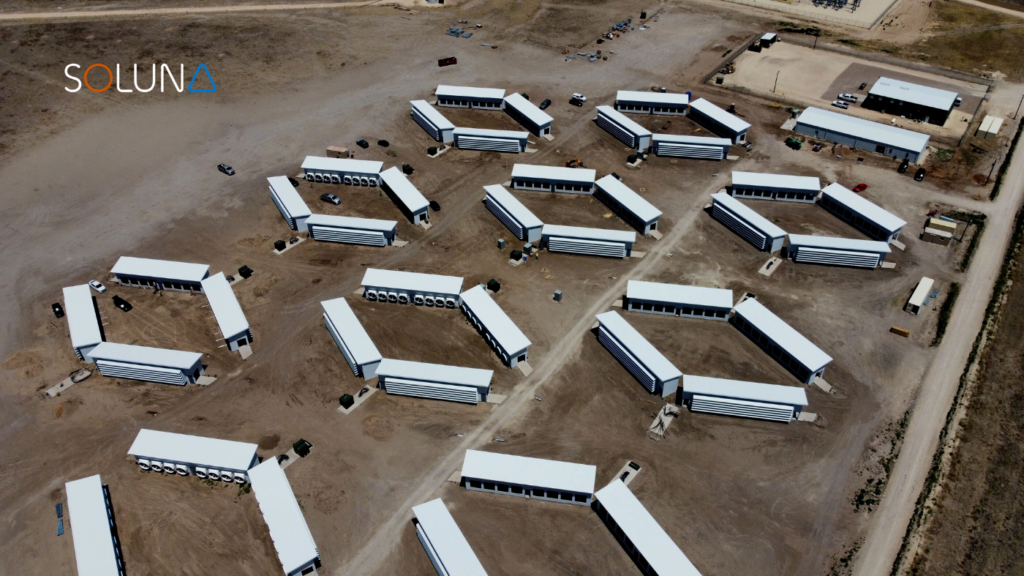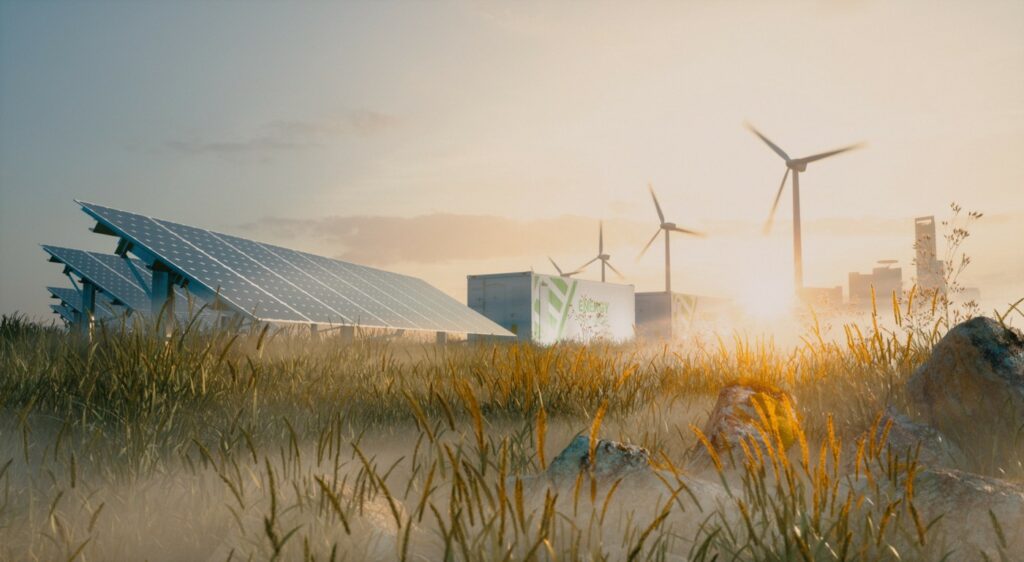Sam Altman continues to further his nuclear-powered AI agenda following OpenAI’s “Infrastructure is Destiny” plan release through his long-time backing of Oklo. The nuclear energy company recently entered a non-binding agreement with data center operator Switch to provide 12 gigawatts of nuclear power to AI data centers by 2044.
Yet, as OpenAI’s report highlights and the Oklo-Switch deal demonstrates, the road to nuclear-powered data centers is a long one we can’t afford.
Nuclear’s Complex Reality
While nuclear power beckons as a carbon-free solution, its implementation timeline stretches far beyond our immediate needs. AI energy consumption is projected to consume 11-12% of US energy by 2030, up from 4% today and our grid today.
Oklo’s ambitious deal with Switch exemplifies both the promise and challenges ahead: communities bearing the burden of nuclear infrastructure already face annual energy rate increases of 2.5-3%, while FERC’s recent rejection of Amazon’s $650 million nuclear proposal underscores the regulatory complexity.
Nuclear energy’s decade-plus approval process, intensive water consumption requirements, and unresolved waste management challenges make nuclear power more suited for future energy portfolios than present demands. So, as the industry continues to invest in nuclear energy, we must consider an integrated approach to energy supply that meets present and future computing and environmental needs.
The Flexible Computing Alternative
In contrast to nuclear’s lengthy timeline, renewable energy paired with flexible computing offers an elegant solution available today. Unlike traditional data centers with years-long grid interconnection queues, co-located facilities can begin operations almost immediately.
These zero-emission centers adapt their workloads to match available renewable power, transforming what would be curtailed energy into valuable computational work. This symbiotic relationship creates new revenue streams for power producers while strengthening grid stability.
Real World Impact
This approach has already proven its worth through Soluna’s Project Dorothy, which reduces carbon emissions by 29,394 MT annually compared to traditional data centers — equivalent to removing 6,390 vehicles from our roads.
By maintaining AI’s demanding 99.9% uptime requirement through a combination of renewable energy and strategic natural gas usage, these facilities demonstrate how immediate climate action can coexist with reliable computing infrastructure. The flexible nature of these operations enhances grid stability while providing power plants with consistent revenue from otherwise wasted energy.
A Strategic Path to Sustainable Energy Supply
The path to sustainable AI computing lies not in waiting for future technologies but in strategically deploying solutions available today. By integrating flexible computing with existing renewable infrastructure and future nuclear power capabilities, we create immediate opportunities for collaboration between tech companies and energy providers.




